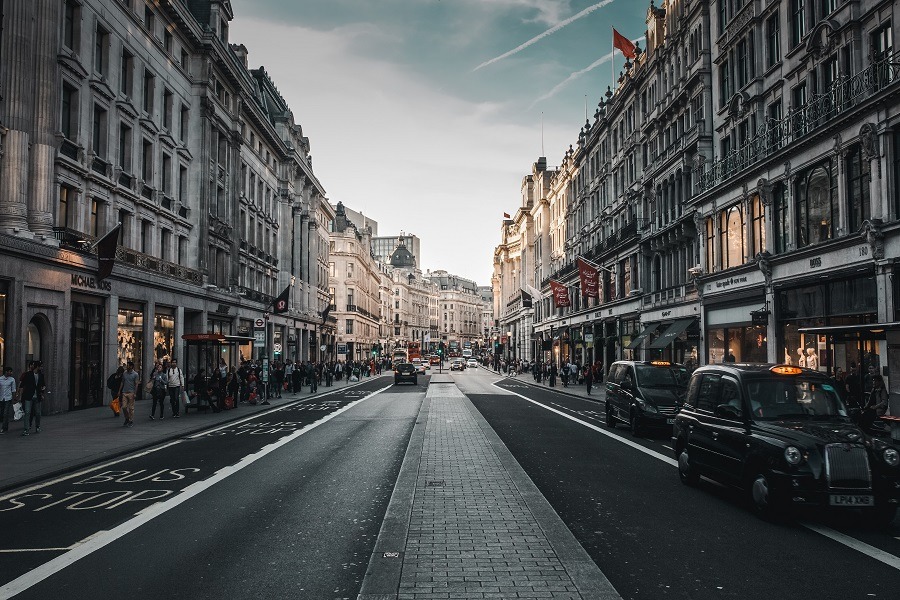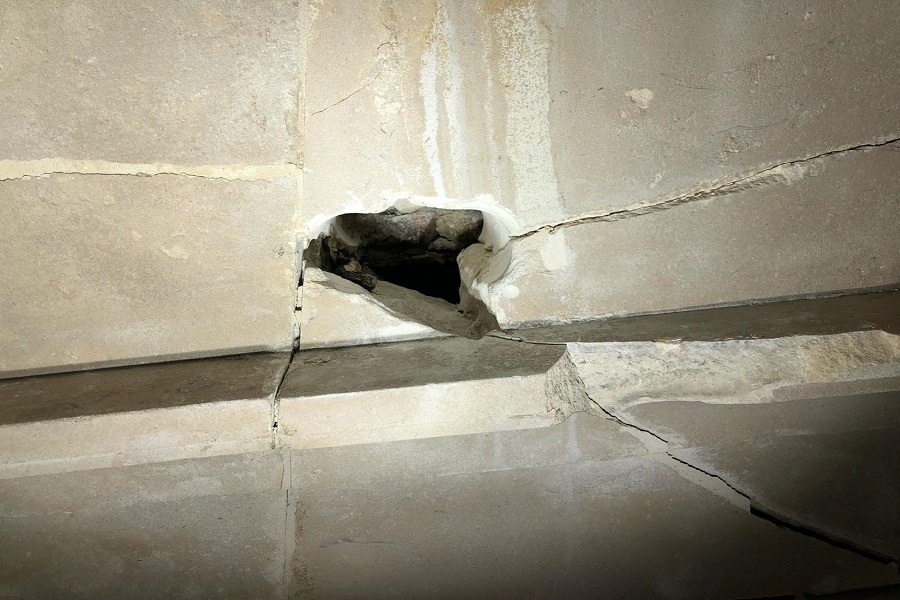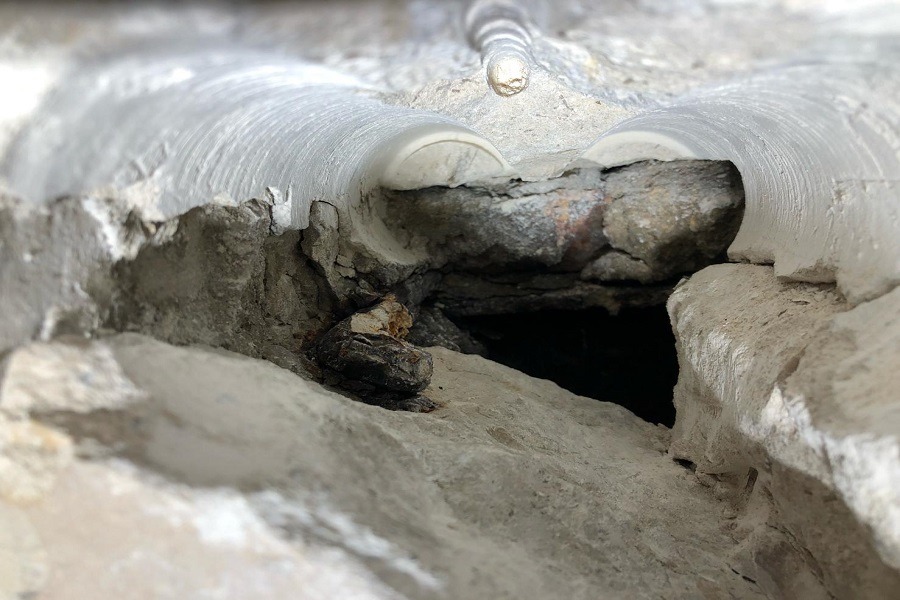Dealing with Regent Street Disease

Regent Street Disease – have you heard about the disease that threatens city buildings?
‘Regent Street Disease’ (RSD) as it suggests, takes its name from the famous street in the heart of London. The truth, however, is less glamourous and more widespread. Technically, it affects any steel-framed building, not just city buildings.
Regent Street Disease is the corrosion of the steel frames within masonry clad buildings. These steel frames were at their most popular from the early 1900s to 1950, when construction methods changed. From the 1950s onwards, a fuller understanding of the issue ensured that builders made allowances for a space between the steel frame and the masonry. However, throughout the first half of the 20th century, builders invariably packed masonry tight around the framework, leaving no room for the steel to expand.
The problem stems from the fact that stone, brick and even terracotta are porous, which means that moisture can permeate the substrate of the building and eventually break down the steelwork. There is moisture everywhere – moisture from inside the building trying to get out, moisture in the residual air within the cavity itself and then the problematic moisture from external air and rain.
“The results of Regent Street Disease can be disastrous. The rusting steel can expand significantly, causing the surrounding masonry to ‘burst’, resulting in damage – and even injury or death – from falling masonry. Despite its comparative obscurity, this issue is threatening to become a national problem, as it is also prevalent in Bristol, Deansgate in Manchester and in large cities that expanded during the same era.”
Regent Street Disease identification
The primary reason as to why early identification of Regent Street Disease is difficult lies with the fact that it is only noticeable when the corrosion is at an advanced stage and has fractured the surrounding masonry. Furthermore, while Thomann-Hanry®’s restoration team have found this becoming more prevalent, it does not stop there. The build-up of grime and pollution on a façade can often mask the early signs of RSD so when tasked with cleaning a building, the results can often flag up hidden issues.
Treatment
There are temporary solutions such as stitching loose masonry together with resin on fixed stainless-steel bars at the affected area. Other methods may help just delaying the inevitable. The only way to resolve it permanently, as has been successfully done on many buildings in Regent Street, is to retain the façade but replace the entire steel frame with a new, purpose-built frame, constructed back from the masonry. The masonry is then fixed to the new “web” using stainless steel secondary fixings.
Repairing the façade steelwork is an extensive but effective method – provided it is carried out correctly.
This work involves removing the masonry cladding and the surface rust by blasting the existing steel before treating it with a protective coating/paint. Cathodic protection, a less invasive method, involves reducing the corrosion process by running an electrical current through the corroded steelwork.


